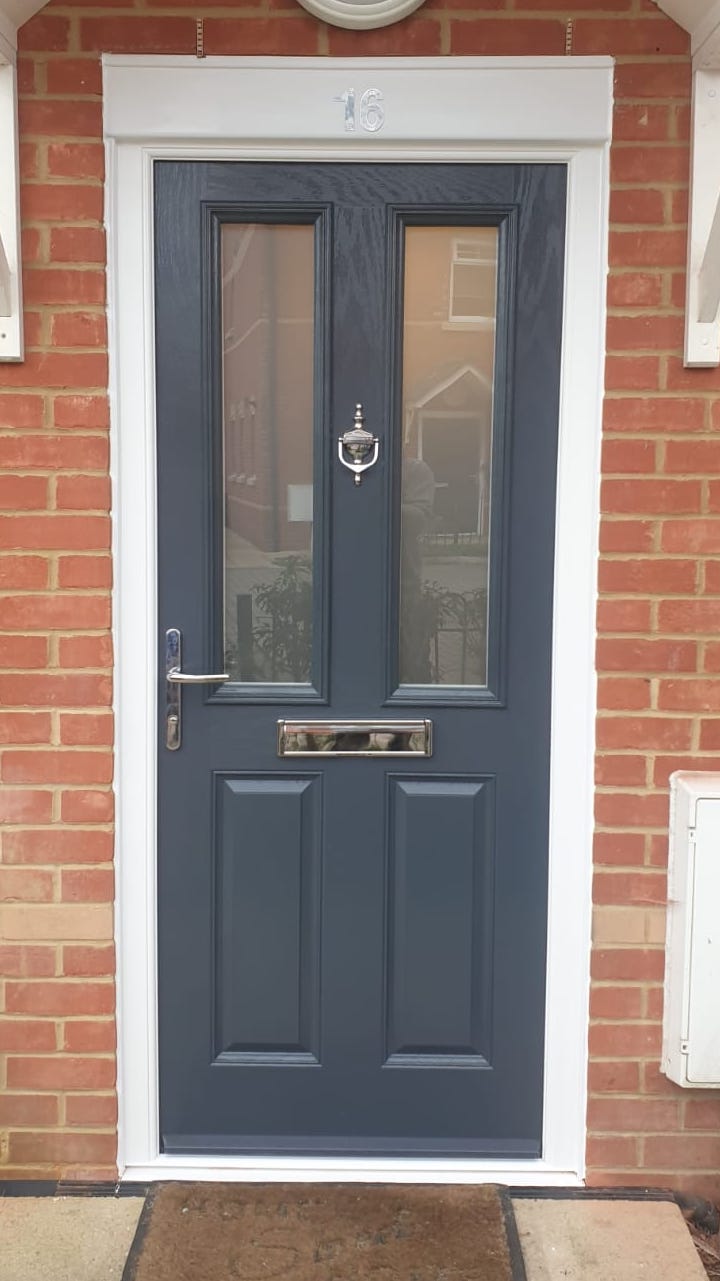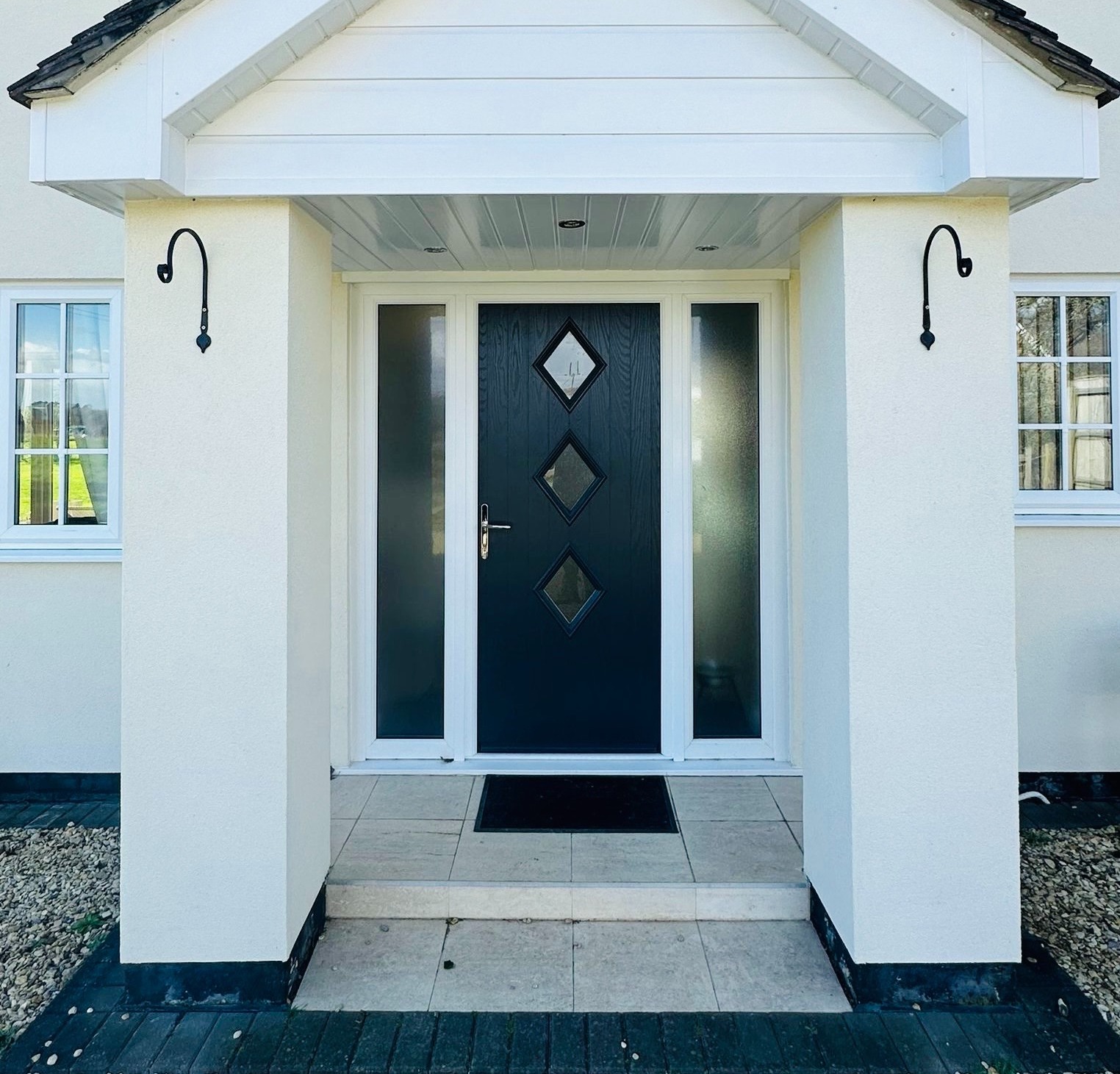Get Composite Doors In Bournemouth From Top-Rated Local Experts

The Benefits Of Composite Doors
For homeowners across Bournemouth and Dorset, composite doors are an ideal replacement for old external doors. High-quality composite doors like the ones supplied and fitted by RILU offer enhanced thermal efficiency and perfectly complement your home’s style. They require minimal maintenance and create a waterproof seal, which, when combined with the insulated core, offers added security and energy efficiency.
Composite front doors offer a range of benefits for many homes, and you can also use them for back doors or choose other door styles, such as UPVC doors. With the right external doors and stunning new windows, you can make your home more energy efficient and improve its value. The solid core made from timber is similar to the traditional style of timber door, but you get a huge range of aesthetic options and greater longevity.
To get all these benefits and more from your new composite door, you need to make sure you get it installed by a professional window and door fitter. RILU has extensive experience fitting new composite doors to properties throughout Bournemouth and Dorset, so we can ensure that you get the best thermal performance, security and soundproofing. Call 01202 237839 to start the design process and get on the way towards a stunning composite door.
Choose RILU For Your New Composite Doors
If you’re considering composite doors for your Dorset home, you need to make sure you choose the right provider. RILU works with you through every step of the door design and installation process, ensuring that you get the outcome you’ve always wanted.
Our team has installed composite doors on a range of properties throughout Dorset. Whether you have a thatched cottage and want a traditional composite door that looks like wood, or you live in a stunning coastal apartment and want a contemporary composite door, RILU is here to help. All our composite doors are built to last and can be customised to suit your style.
From unique colours to high-quality hardware, and even double glazed panels, we can customise your composite doors to create the perfect look for any style of property. Contact us today to design your dream door and give your home the kerb appeal you’ve always wanted.


Composite Doors FAQs
What Is The Difference Between Composite And UPVC Doors?
The difference between composite doors and UPVC doors is the material they’re made from. UPVC doors are made from Unplasticized Polyvinyl Chloride, a hard plastic that is lightweight and durable. Composite doors have a solid timber core that is coated in UPVC, Glass Reinforced Plastic (GRP, also known as fibreglass), or polyurethane foam. This makes composite doors stronger and more secure than UPVC doors or traditional timber doors, and reduces the risk of warping.
Are Composite Doors Worth The Extra Money?
While composite door prices are usually slightly higher than those of UPVC doors, they offer enhanced security features and are more thermally efficient, meaning that you will save money in the long run from your lower energy bills. This option is low maintenance and can last for up to 30 years, and can be a great value option. Many homeowners opt for a composite front door and consider UPVC back doors to ensure security and great value.
How Do You Measure For A Composite Door?
To measure for an external composite door, you’ll need to take 3 measurements from the top, bottom and middle, for both the width and the height of the door. It’s important that you measure the opening to the brickwork, rather than your old door frame, as your door installer will fit a new frame. When you hire RILU to install composite doors on your property, we will carry out all the measurements for you, so you know you’ll get the right door the first time round.


